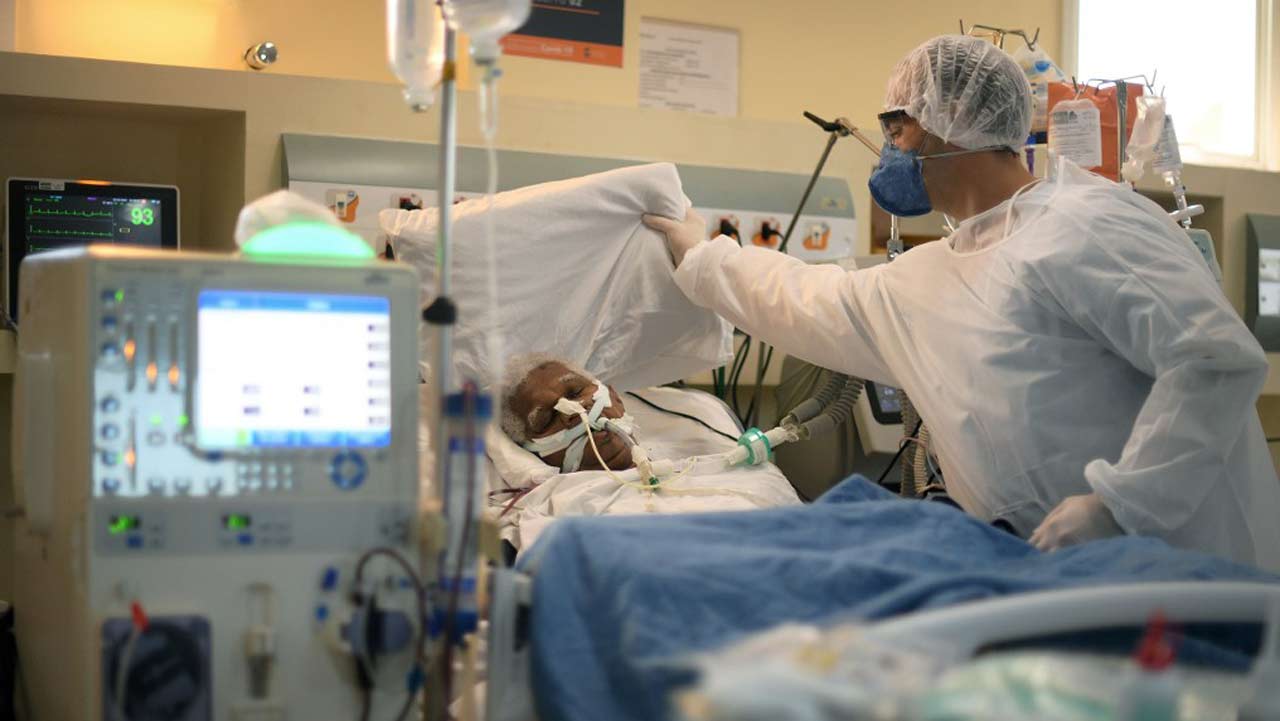Malaria is a common infection in hot, tropical areas but can also occur (very rarely) in temperate climates. A serious illness, malaria can cause mild illness in some and life-threatening illness in others. Malaria can be cured if treated.
It is caused by parasites of the Plasmodium species, which are carried by mosquitoes infected from biting someone who already has the disease. Malaria is then transmitted to other people when infected mosquitoes bite them. Rarely, it is passed from person to person (from mother to child in “congenital malaria,” or through blood transfusion, organ donation, or shared needles).
Worldwide, 300-500 million people are infected with malaria each year. Most cases occur in sub-Saharan Africa, with approximately 2 million people dying there each year. Asia, Latin America, and parts of Europe are also affected by malaria.
Malaria is rare in the United States, with only about 1,300 cases reported each year over the last 10 years. Most of these cases occurred in travelers, military personnel, and immigrants who had become infected by malaria parasites outside the United States.
Signs and Symptoms
Early symptoms of malaria can include irritability and drowsiness, with poor appetite and trouble sleeping. These symptoms are usually followed by chills, then a fever with rapid breathing. The fever may either gradually increase over 1 to 2 days or may rise very suddenly to 105° F (40.6° C) or above. Then, as fever ends and body temperature quickly returns to normal, there’s an intense episode of sweating.
The same pattern of symptoms – chills, fever, sweating – may repeat at intervals of 2 or 3 days, depending on which particular species of malaria parasite is causing the infection.
Because the initial symptoms are not specific and can be mistaken for other illnesses, malaria can be difficult to diagnose. In countries where the disease is seen a lot, it’s not uncommon for doctors to treat people for malaria who have fever of no obvious cause without getting laboratory confirmation.
Malaria in children under five
Children under five years of age are one of most vulnerable groups affected by malaria. There were an estimated 660 000 malaria deaths around the world in 2010, of which approximately 86% were in children under five years of age.
In high transmission areas, partial immunity to the disease is acquired during childhood. In such settings, the majority of malarial disease, and particularly severe disease with rapid progression to death, occurs in young children without acquired immunity. Severe anaemia, hypoglycemia and cerebral malaria are features of severe malaria more commonly seen in children than in adults.
WHO recommends the following package of interventions for the prevention and treatment of malaria in children:
• use of long-lasting insecticidal nets (LLINs);
• in areas with highly seasonal transmission of the Sahel sub-region of Africa, seasonal malaria chemoprevention (SMC) for children aged between 3 and 59 months;
• in areas of moderate-to-high transmission in sub-Saharan Africa, intermittent preventive therapy for infants (IPTi), except in areas where WHO recommends administration of SMC;
• prompt diagnosis and effective treatment of malaria infections.
Source: WHO
ABUJA: Training Schedule for Basic Life Support BLS, Pediatric Advanced Life Support (PALS), Advanced Cardiovascular Life Support ACLS, First Aid, CPR, AED
PORTHARCOURT: Training Schedule for Basic Life Support BLS, Pediatric Advanced Life Support (PALS), Advanced Cardiovascular Life Support ACLS, First Aid, CPR, AED
LAGOS: Training Schedule for Basic Life Support BLS, Pediatric Advanced Life Support (PALS), Advanced Cardiovascular Life Support ACLS, First Aid, CPR, AED




